
Thermal zones of the Earth

What are the thermal zones of the Earth?
The thermal zones of the Earth They are latitudinal geographic strips of the planet defined based on their average annual temperatures. In general terms, the thermal zones of the Earth are the warm zone, the temperate zone and the cold zone..
The warm zone is located between the Tropic of Cancer and the Tropic of Capricorn, in a continuous band on both sides of the Equator. The temperate zone features two separate areas, one between the Tropic of Cancer and the Arctic Circle and the other between the Tropic of Capricorn and the Antarctic Circle..
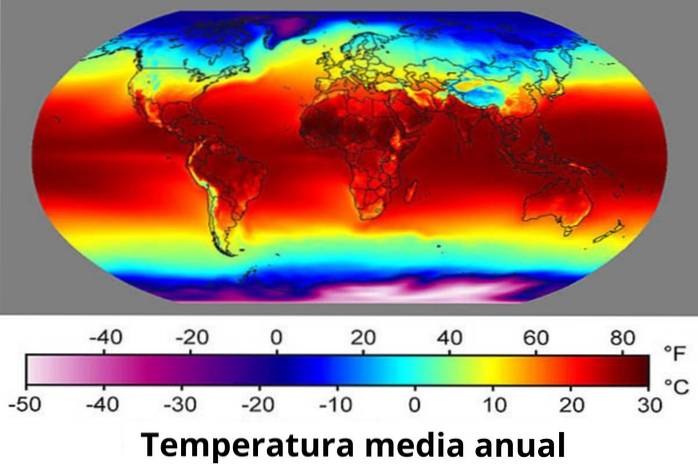
For its part, the cold zone, like the temperate zone, forms two areas, one at each earth pole. These define the so-called polar circles, the arctic circle and the Antarctic polar circle..
From another perspective, taking into account that the temperature also varies with the height above sea level, altitude thermal zones are established. In this sense, the climate in the mountains reproduces the thermal zones, establishing a warm floor, a temperate one, and a cold or alpine floor..
Warm zone
The warm zone of the Earth encompasses the so-called intertropical strip, also a torrid zone or simply a tropical zone. It is bounded by the Tropic of Cancer line to the north (23 ° N) and the Tropic of Capricorn to the south (23 ° S). From the biogeographical and climatic point of view, in this area are the tropical and subtropical life zones.
- Characteristics
Weather
The hot or tropical climate is characterized by high solar radiation, high average temperatures throughout the year, and high rainfall. Every month they present average temperatures higher than 18 ºC, being close to 27 or 29 ºC.
In some cases a subtropical zone is delimited in the transition area between the tropical and temperate zones, around the tropics. The subtropical zone is characterized because the average temperature of the warmest month exceeds 22 ºC.
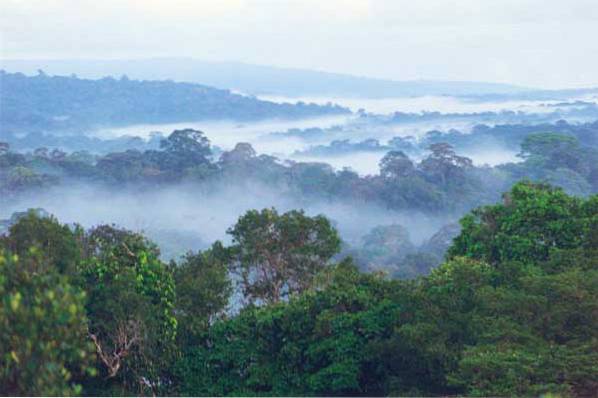
Rainfall generally exceeds 1,000 mm on average per year, being lower in dry forests (600 to 1,000 mm). In rainforests, precipitation can reach up to 16,000 mm per year, as occurs in the Chocó jungle (Colombia).
The precipitations can be uniformly distributed during the year or concentrated mainly in a period. In the latter case, two climatic seasons are formed, a dry period and a rainy one..
Soils
A major problem in tropical soils is the leaching or washing of nutrients due to high rainfall. Otherwise the soils are variable both in structure, texture and fertility.
Water
Tropical seas and oceans have warm waters, generally low in nutrients, but the temperature facilitates the development of highly productive biomes. These include coral reefs and mangroves with associated underwater grasslands..
Due to the high equatorial rainfall, in the warm or tropical zone there are extensive hydrographic basins. Among them are the basins of large rivers such as the Amazon (America), the Congo (Africa) and the Mekong (Asia).
Biodiversity
In the warm thermal zone, the most biodiverse biomes on the planet develop, such as tropical forests, both rain forests and dry forests. Especially the Amazon rainforest, the jungles of the Congo and the jungles of Southeast Asia.
In this region there are also savannas that cover large areas in America and tropical Africa..
Flora
The greatest diversity of angiosperms are found in the warm zone, with endemic families such as Cactaceae, Rapateaceae, Bromeliaceae and Caricaceae.
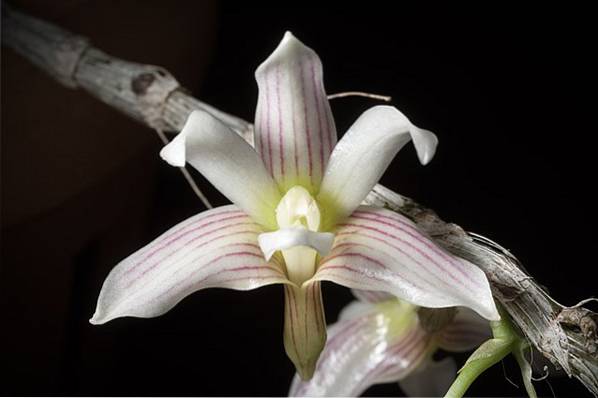
In addition, other groups reach their greatest diversity in this area such as Orchidaceae, Palmae, Moraceae, Anacardiaceae, and the Mimosoideae of the Leguminosae.
Cultivated species
Among the cultivated species that have their origin in the warm zone are pineapple, cassava, papaya, cocoa, avocado and corn in America. While tropical Africa originated bananas, coffee and sorghum, and in Asia sugar cane and rice.
On the other hand, in the warm zone, but in a thermal floor tempered by the altitude, the tomato and the potato originated in America.
- Fauna
In the warm zone there is the greatest animal diversity such as the fauna present in the tropical jungles and African savannas.
Amazon jungle
This jungle develops in the middle of the tropical or warm zone and there are various species of mammals. Among them the howler monkey (Alouatta spp.) and the spider monkey (Ateles spp.), the tapir or tapir (Tapirus terrestris), the collared peccary (Peccary tajacu) and various species of rodents.
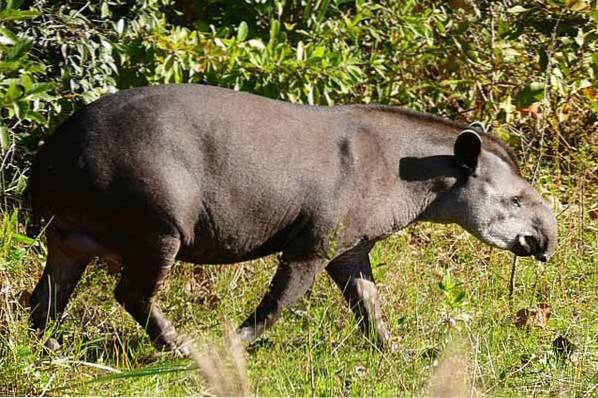
The biggest predator is the American tiger or jaguar (Panthera onca), but there are also other species of smaller felines.
Other widely represented groups are reptiles such as river turtles and snakes. Some species of snakes are poisonous, such as the cuaima pineapple (Lachesis muta) and mapanare (Bothrops spp.) and others such as the anaconda (Eunectes murinus) are amphibious and hunt by constriction or drowning.
Among the birds, the harpy eagle stands out (Harpia harpyja) and the condor of the Andes (Vultur gryphus). As well as the toucans (family of the ranfástidos) and the oropendola or guacharaca (Ortalis ruficauda).
African savanna
These are extensive plains dominated by grasses with little or no tree cover. In them we find large herds of herbivores such as the wildebeest (Connochaetes taurinus), the zebra (Equus quagga), antelope and gazelle.
The elephant also inhabits the savannah (Loxodonta africana) and the giraffe (Giraffa camelopardalis). There are also carnivores such as the lion (Panthera leo), the leopard (Panthera pardus), the cheetah, the hyena (Crocuta crocuta) and the wild dog or lichen (Lycaon pictus).
The primates
In the warm zone there are primates such as the gorilla (Gorilla spp.) and chimpanzees in African jungles (Pan troglodytes Y Paniscus bread). While the orangutan (I put pygmaeus) lives in the jungles of Borneo, where it is today threatened.
Temperate zone
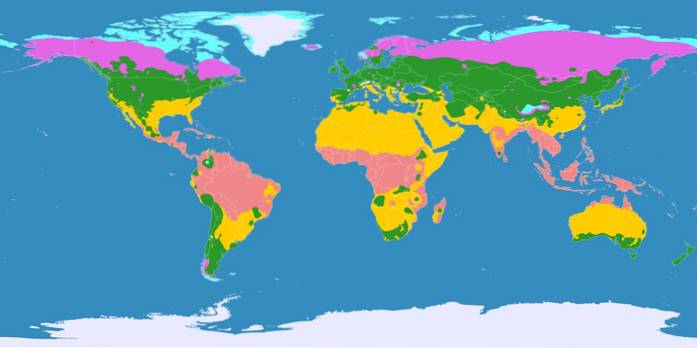
The Earth's temperate zone encompasses two latitudinal bands, one in the Northern Hemisphere and the other in the Southern Hemisphere. In the northern hemisphere the temperate zone goes from the Tropic of Cancer to the line that defines the Arctic Circle. While in the southern hemisphere it stretches between the Tropic of Capricorn and the line that marks the beginning of the Antarctic polar circle.
From the biogeographic point of view, in this area are the warm temperate and cold temperate life zones..
- Characteristics
In general terms, it is an intermediate zone between the hot and cold zones, not only geographically, but also in climate and biodiversity..
Weather
The temperate climate presents a seasonality made up of four well-defined seasons that are spring, summer, autumn and winter. During the summer, temperatures are high while in winter they are very low, with moderate temperatures in spring and colder in autumn..
The rains are less than in the warm zone and are concentrated in autumn and winter, precipitating in the form of rain or snow..
Soils
Given the balance in temperature and precipitation, temperate zones are rich in fertile and deep soils, especially in areas of deciduous forest..
Water
The temperate zone seas present waters with lower temperatures than the warm zone and richer in nutrients. Although the diversity of species is lower than in the tropical zone, the populations are more numerous due to this greater availability of nutrients.
Its hydrographic basins are of smaller extension and flow than the tropical basins, due to the lower average annual rainfall.
Biodiversity
Although in the temperate zone the biodiversity is lower than in the tropical or warm zone, it also reaches very important indices. Especially the 5 zones of Mediterranean climate that exist in the extension of the temperate zone.
In addition to ecosystems such as the Mediterranean forest, in this area there are extensive areas of prairies, especially in North America..
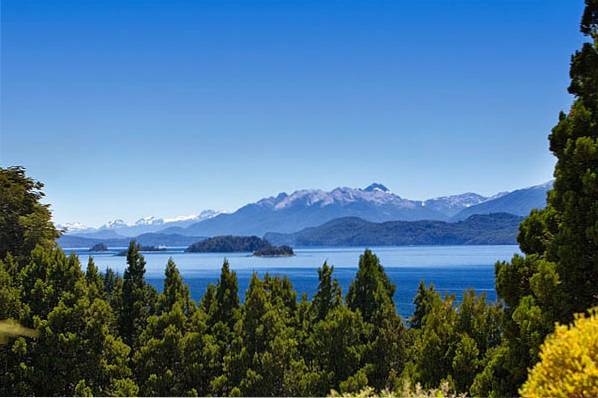
A characteristic of the temperate zone flora is that it has a great diversity of gymnosperms. In it, both gymnosperm (coniferous) and broadleaf (angiosperm) forests and mixed forests develop.
- Flora
The temperate zone flora has endemic families such as Fagaceae, especially the genus Quercus, whose species predominate in temperate broadleaf forests. Other characteristic genera of temperate deciduous forests are Fagus, Betula, Castanea Y Carpinus.
In the southern hemisphere the genus Nothofagus of this family. Among the families that reach their greatest diversity in the temperate zone are Rosaceae, Oleaceae and Cruciferae.
Gymnosperms
Gymnosperm forests include species of Pinaceae (Pinus, Abies, Cedrus, Sequoia) and Cupressaceae (Juniperus, Cupressus) in the northern hemisphere. While in the southern hemisphere Pinaceae and Araucariaceae predominate (Araucaria).
Cultivated species
The Mediterranean area is a very important center of origin and diversification of cultivated plants. Among the cultivated species from the temperate zone are the apple, pear, olive tree, vine and wheat.
- Fauna
This is the habitat of the brown bear (Ursus arctos) and the black bear (Ursus americanus). Likewise, the moose (Moose moose), Reindeer (Rangifer tarandus) and the deer (Cervus elaphus).
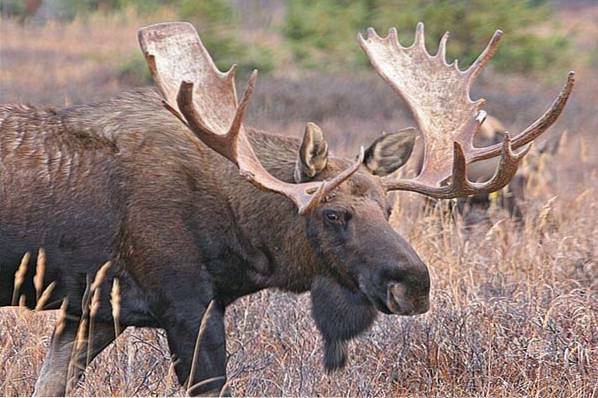
Among the canids are the wolf (Canis lupus) and the fox (Vulpini spp.), while among the felines there are several species of lynx (Lynx spp.).
Birds also reach great diversity in the temperate zone, with species such as the stork (Ciconia ciconia). Like various falconids and many species of songbirds.
Domesticated species
The temperate zone is the center of domestication of the species that make up the cattle, sheep and pigs. Likewise, in this area poultry such as chicken and turkey were domesticated..
Cold zone
The cold zone of the Earth also includes two latitudinal bands, in this case between 66 ° and 90 ° latitude. In the northern hemisphere the cold zone is limited to the Arctic Circle and in the southern hemisphere it is delimited in the Antarctic Polar Circle.
From the biogeographical and climatic point of view, the boreal or subpolar and the polar or arctic life zones are found here..
- Characteristics
The cold zone covers the smallest total area and the land area. On the other hand, the growing season in this area of the Earth is very short..
Weather
The cold climate is characterized by its extreme low temperatures, presenting long winters of up to 9 months. The minimum temperature in the Arctic reaches -50 ° C, and the maximum range from 6 to 29 ° C. On the other hand, in Antarctica summers are colder, reaching averages of 0 to 3 ° C.
Precipitation is scarce and falls in the form of snow and solar radiation is low. In the taiga, precipitation can reach 370 mm per year, but in the polar desert it does not exceed 110 mm.
In the cold zone, two zones are defined climatically, which are the sub-polar, boreal or sub-arctic climate zone, and the polar or arctic climate zone. The first is characterized by presenting no more than 4 months a year with average temperatures above 10 ºC..
The polar zone is defined because the average temperature of the warmest month does not exceed 10 ºC.
Soils
The most outstanding characteristic of the soils of the cold zone is the presence of permafrost, which are soils with a permanently frozen layer. In areas with average temperatures below -5 ° C there is continuous permafrost.
In the case of areas with temperatures between 0 ° C and -5 ° C, intermittent permafrost occurs during the year. On the other hand, much of the year the soils are covered with snow or ice, especially in Antarctica..
Water
The Arctic and Antarctic oceans are characterized by cold waters and a great wealth of marine fauna. During a good part of the year, vast ocean areas are covered by a layer of ice.
In this area most of the fresh water is in the form of ice and the rivers are frozen for much of the year.
Biodiversity
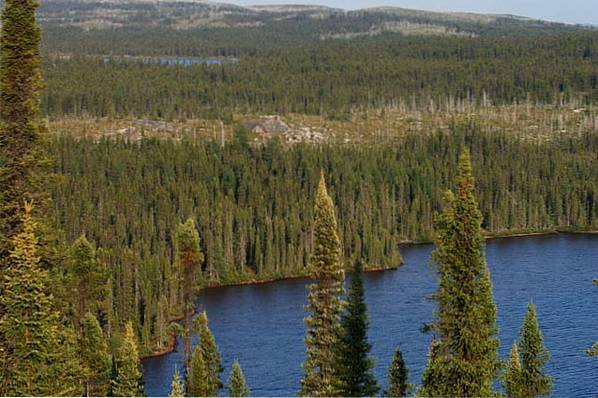
Due to extreme temperature conditions, the cold zone is the one with the least biological diversity on the planet. The characteristic biomes are the taiga or boreal forest and the tundra, an extensive herbaceous plain dominated by mosses and lichens.
- Flora
The Taiga
In the southernmost areas, the taiga or boreal forest develops, where conifers predominate, with genera such as Pinus, Spruce Y Abies.
The tundra
It develops in the northernmost latitudes of the cold or polar zone. It is a vast semi-desert area. Mosses predominate in this area (Sphagnum, Scorpidium), lichens (more than 1,000 species), sedges (Carex, Eriophorum) and grasses (Poa, Deschampsia), with few shrubs.
- Fauna
Polar Circle
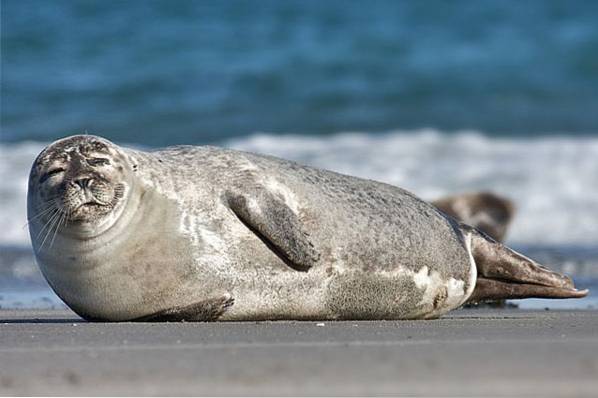
Like the flora, the fauna in the cold zone is not very diverse, however there are species such as the polar bear (Ursus maritimus). Like marine mammals such as seals (Phocidae family) and sea lions (Otaria flavescens). Among the birds are several species of seabirds and penguins.
Boreal forest
In these forests live the reindeer, the arctic fox (Vulpes lagopus), the lemmings (Lemmini tribe), the musk ox (Ovibos moschatus) and the Wolf.
Reindeer domestication
The Sami people who inhabit Scandinavia and Russia have traditionally herded the reindeer and domesticated it as a draft animal for sledding..
References
- Apps, M. J., Kurz, W. A., Luxmoore, R. J., Nilsson, L. O., Sedjo, R. A., Schmidt, R., Simpson, L.G. And Vinson, T. S. (1993). Boreal forests and tundra. Water, Air, & Soil Pollution.
- Calow, P. (Ed.) (1998). The encyclopedia of ecology and environmental management.
- Inzunza, J. (2003). Descriptive meteorology. chap. 14. Earth's climates.
- Izco, J., Barreno, E., Brugués, M., Costa, M., Devesa, JA, Fernández, F., Gallardo, T., Llimona, X., Prada, C., Talavera, S. And Valdéz , B. (2004). Botany.
- Purves, W. K., Sadava, D., Orians, G. H. and Heller, H. C. (2001). Life. The science of biology.
- Raven, P., Evert, R. F. and Eichhorn, S. E. (1999). Biology of plants.
- World Wild Life (Viewed Nov. 26, 2019). Taken from: worldwildlife.org.



Yet No Comments